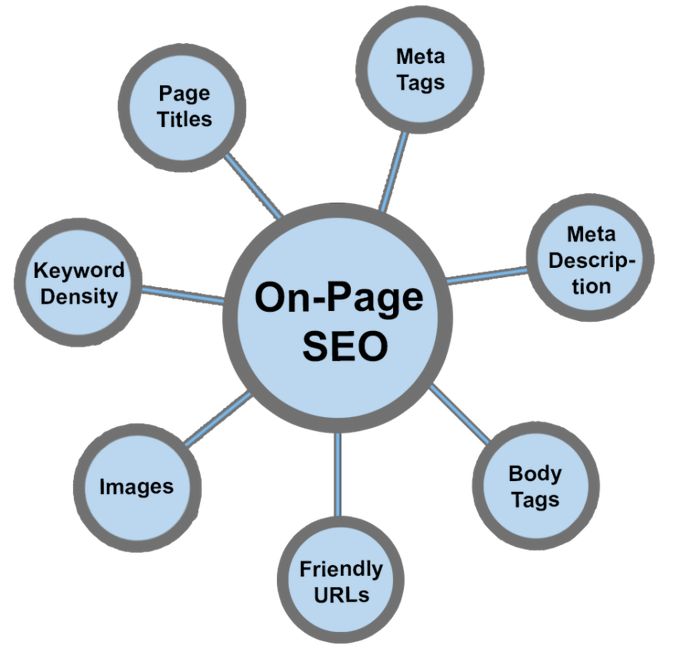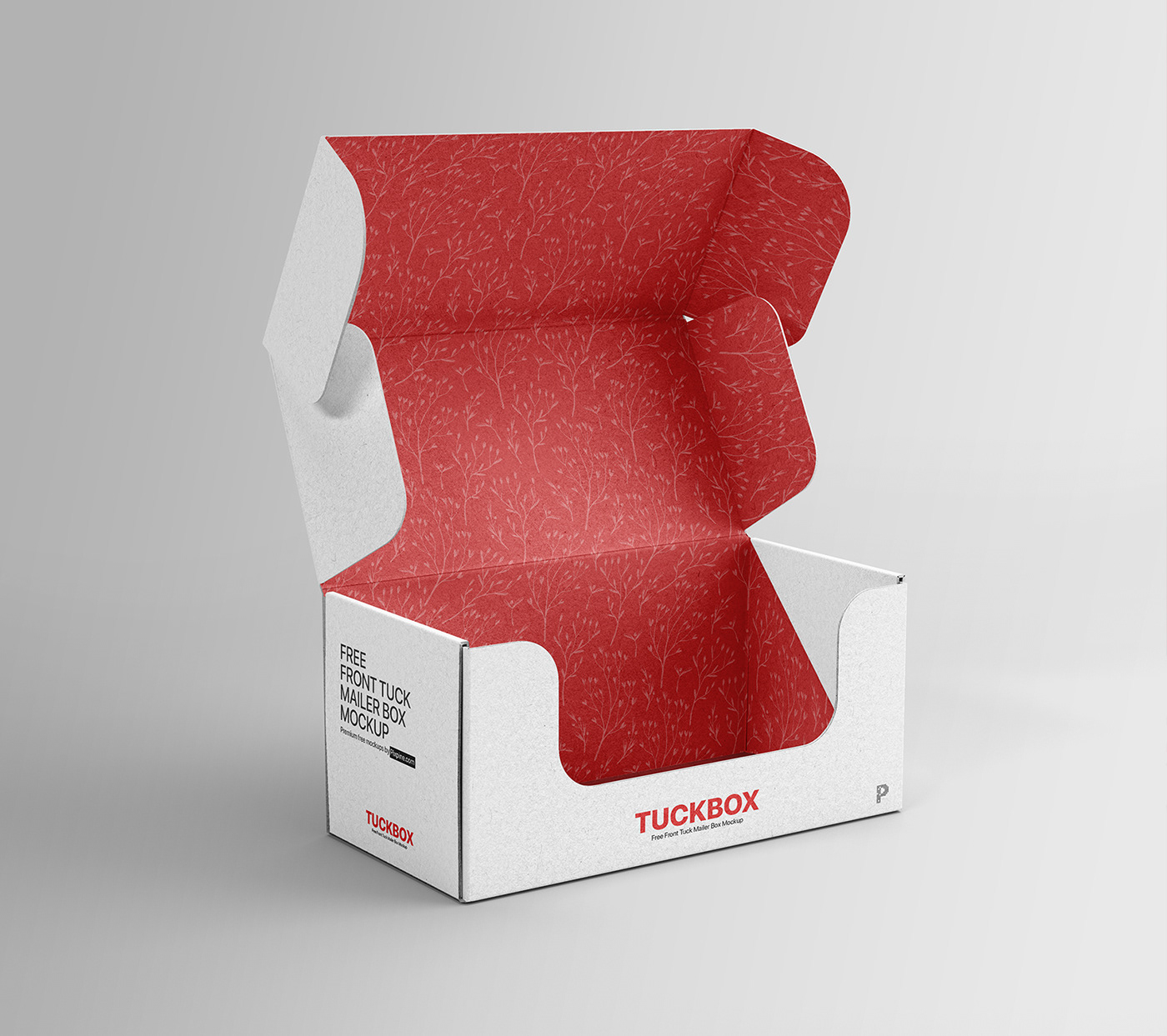How to Do Complete On Page Optimization

Strong 8k brings an ultra-HD IPTV experience to your living room and your pocket.
When it comes to ranking higher in search engine results, on page optimization plays a pivotal role. Unlike off-page SEO, which focuses on backlinks and external signals, on-page SEO deals with everything you can control on your website. From content to HTML source code, optimizing these elements ensures better visibility, higher rankings, and improved user experience. In this guide, we’ll walk you through the steps of doing complete on page optimization that drives results.
1. Understanding the Basics of On Page Optimization
Before diving into technical aspects, it’s crucial to understand what on page optimization all is about. At its core, it refers to the process of optimizing individual web pages to rank higher and earn more relevant traffic in search engines. This includes both content and HTML source code aspects such as:
• Meta titles and descriptions
• Heading tags (H1, H2, H3)
• Image alt texts
• Internal linking
• URL structure
• Keyword placement
By mastering these elements, you lay a strong foundation for your SEO strategy. Remember, even the best backlink profile won’t help if your site isn’t optimized from within.
2. Keyword Research for Effective On Page Optimization
No on page optimization strategy can succeed without proper keyword research. Your goal is to identify the terms your target audience is searching for and incorporate them naturally into your content. Start with tools like:
• Google Keyword Planner
• SEMrush
• Ahrefs
• Ubersuggest
Look for keywords that have a good balance between search volume and competition. Focus on both primary keywords and long-tail variations. Once you have a list, map them out for different pages on your website. Avoid keyword cannibalization—assign unique keywords to each page to prevent competing with yourself.
Proper keyword integration includes:
• Using primary keywords in the title tag
• Including keywords in the first 100 words
• Placing them in headers and throughout the content naturally
Done right, keyword research forms the backbone of on page optimization.
3. Crafting SEO-Friendly Titles and Meta Descriptions
Meta tags are often the first thing users see in search results, so optimizing them is essential for on page optimization. Your title tag should include the target keyword and entice users to click through. Keep it under 60 characters and make it compelling.
For example: Good Title: “10 Proven Strategies for On Page Optimization That Actually Work”
Meta descriptions, though not a direct ranking factor, influence click-through rates. Aim for 150–160 characters and include your target keyword at least once.
Example Meta description: “Learn how to do complete on page optimization with our step-by-step guide covering keywords, content, Meta tags, and more.”
Optimizing these elements sends clear signals to search engines about your page's content and improves user engagement.
4. Content Optimization: The Heart of On Page Optimization
Your content must be high-quality, relevant, and well-structured to satisfy both users and search engines. Effective on page optimization starts with providing valuable information that addresses user intent. Follow these content optimization practices:
• Use the target keyword in the first paragraph
• Include semantic variations (LSI keywords)
• Break content into subheadings (H2, H3) with relevant terms
• Add bullet points and numbered lists for readability
• Use internal and external links
Content should be at least 800-1200 words for competitive topics and thoroughly cover the subject. The more comprehensive your content is, the more likely it is to satisfy search engines and users alike.
Also, consider multimedia elements like images, infographics, and videos to enrich the user experience. Don’t forget to optimize image file names and alt texts with relevant keywords for better on page optimization.
5. URL Structure and Internal Linking for On Page Optimization
Clean, readable URLs are a vital part of on page optimization. Avoid lengthy, unclear URLs filled with numbers or irrelevant words. Instead, use URLs that are short, keyword-rich, and descriptive.
Example: www.example.com/on-page-optimization-tips
Good URL structure improves crawlability and user trust. Moreover, internal linking is often overlooked but extremely powerful. It helps:
• Distribute page authority across your site
• Guide users to related content
• Enhance the crawlability of deeper pages
Each page should naturally link to related blog posts, product pages, or pillar content. Use descriptive anchor text that includes keywords when appropriate, but don’t force it. A strategic internal linking structure greatly enhances your on page optimization efforts.
6. Mobile-Friendliness and Site Speed: Technical On Page Optimization
Google has shifted to mobile-first indexing, which means your site must perform well on smartphones and tablets. Responsive design, intuitive navigation, and quick load times are non-negotiable for ai on page optimization.
Use tools like:
• Google Mobile-Friendly Test
• PageSpeed Insights
• GTmetrix
To improve loading speed, consider:
• Compressing images
• Using browser caching
• Minimizing CSS and JavaScript files
• Implementing lazy loading for images
Faster websites not only provide a better user experience but also help with SEO rankings. Technical on page optimization like these ensure that your site is accessible and efficient for both users and search engines.
7. Schema Markup and Advanced On Page Optimization
If you’re ready to take your SEO to the next level, implement schema markup. Schema is a type of structured data that helps search engines understand your content better. It can improve your appearance in search results through rich snippets like:
• Reviews
• Ratings
• FAQs
• Event dates
• Product info
Use tools like Google’s Structured Data Markup Helper or Schema.org to create appropriate schema for your content.
Example: Adding FAQ schema to your blog post can make it appear with drop-down questions in search results, enhancing visibility and click-through rate.
Advanced on page optimization like schema not only boosts search performance but also positions your content as more authoritative and trustworthy.
Final Thoughts on Complete On Page Optimization
Doing complete on page optimization is not a one-time task—it’s a continuous process of improvement. By focusing on every aspect of your web page, from keyword placement to technical SEO, you increase your chances of ranking higher and attracting more qualified traffic.
Here's a quick recap of key areas to focus on:
• Keyword research and proper usage
• SEO-friendly titles and meta descriptions
• High-quality, keyword-rich content
• Clean URL structure and strategic internal linking
• Mobile optimization and fast load times
• Schema markup for enhanced SERP appearance
Mastering these steps ensures your website is fully optimized for both users and search engines. Remember, on page optimization is the foundation of any successful SEO strategy—get it right, and the results will follow.
Note: IndiBlogHub features both user-submitted and editorial content. We do not verify third-party contributions. Read our Disclaimer and Privacy Policyfor details.







